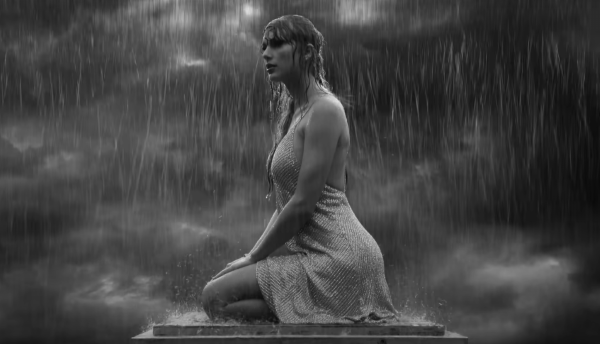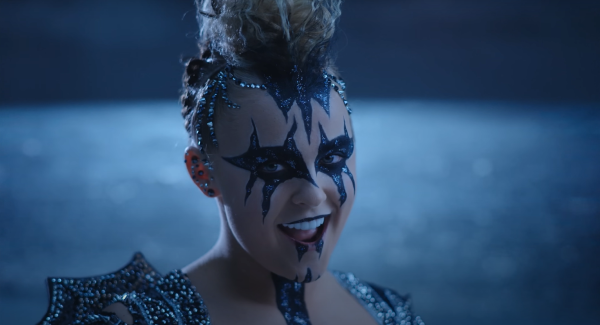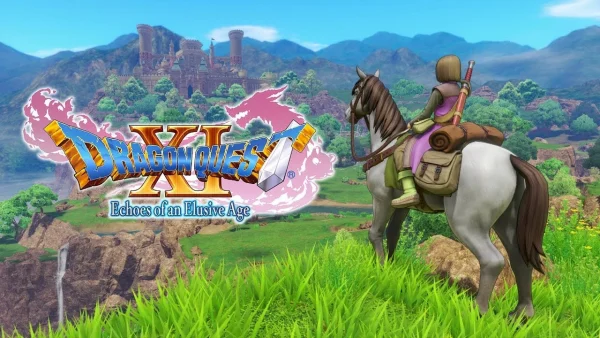Ethical uncertainty comes with animal de-extinction
Bringing back extinct animals has potential to lead to animal cruelty
Courtney Roszak is a freshmen journalism major and Staff Writer for The Spectator. Roszak can be reached at [email protected] or @CRoszak22.
March 6, 2014
When I was 13 I watched Hannah Montana and listened to Plain White T’s. I didn’t know what I planned to do with my life and that was okay with me. When Ben Novak was 13 he vowed to devote his life to resurrecting extinct animals.
At the age of 16 I got my first car, a green 2000 Pontiac Grand Prix, which had a nice big dent in the front from when I hit the garage. When Novak was 16 he saw his first passenger pigeon stuffed in the Science Museum of Minnesota. The bird has been extinct since Sept. 1, 1914.
Now 27, Novak has spent the last decade visiting 339 stuffed passenger pigeon exhibits in various museums across the country. Today he, along with multiple other scientists, is working to resurrected extinct animals, including the passenger pigeon.
Technically speaking if successful the passenger pigeon would be a form of mutation, not the original. The genes would be mixed with a close genetic relative, the band-tailed pigeon. The mixing of the two genes would form a “chimeras” which is where the bird would be a band-tailed pigeon on the outside but and passenger pigeon on the inside.
If everything goes to plan we could potentially see passenger pigeons flying around in 2060. Scientists first plan to keep the pigeons inside for several years. The birds would be under surveillance so scientists are able to study how the birds are affected by the environment and vice versa. Once they are released into the wild they will be able to be tracked by a GPS chip.
The Mammoth Cometh, an article written by Nathaniel Rich and published by the New York Times, talked to many experts on the topic and involved in the resurrection, including Novak.
“People grow up with this idea that the nature they see is natural, but there’s been no real ‘natural’ element to the earth the entire time humans have been around,” Novak said to Rich in his interview for the New York Times.
De-extinction can pose a threat to conservation biologists, the specter of extinction has recently been one of the conservation movement’s most powerful arguments. Some view it as a major temporary inconvenience.
“We get asked these big questions, but no one is asking people who work on elephants why they’re not working on giraffes, when giraffes need a lot more conservation work than elephants,” Novak said later in his interview.
This is not the first time resurrection to an extinct animal has occurred. More than ten years ago a team resurrected a burcardo, which is a subspecies of a mountain goat. The burcardos became extinct in 2000. The team successful cloned the animal in 2003, but it did not live long. The animal struggled to breathe for several minutes before the burcardo choked to death.
This is where the controversial topic of animal cruelty comes into play. Is it really worth it to bring back an extinct animal if animals are being inflected with a great amount of pain to get there?
I won’t deny that it would be cool to see a wooly mammoth at the zoo, but would it be so cool to see him knowing how much pain him or other wooly mammoths may have had to go through to get there. I am all for saving the animals and de-extincting those who have been extinct, but I draw the line when an animal is getting hurt.
It is no hidden secret that Novak loves the passenger pigeons and has truly dedicated his life and work to the hope of resurrecting animals since he was 13 years old. It makes me really think that maybe I should have done something better at 13 than just listen to Plain White T’s, especially since the band basically fell off the pop culture spectrum after “Hey There Delilah.”











